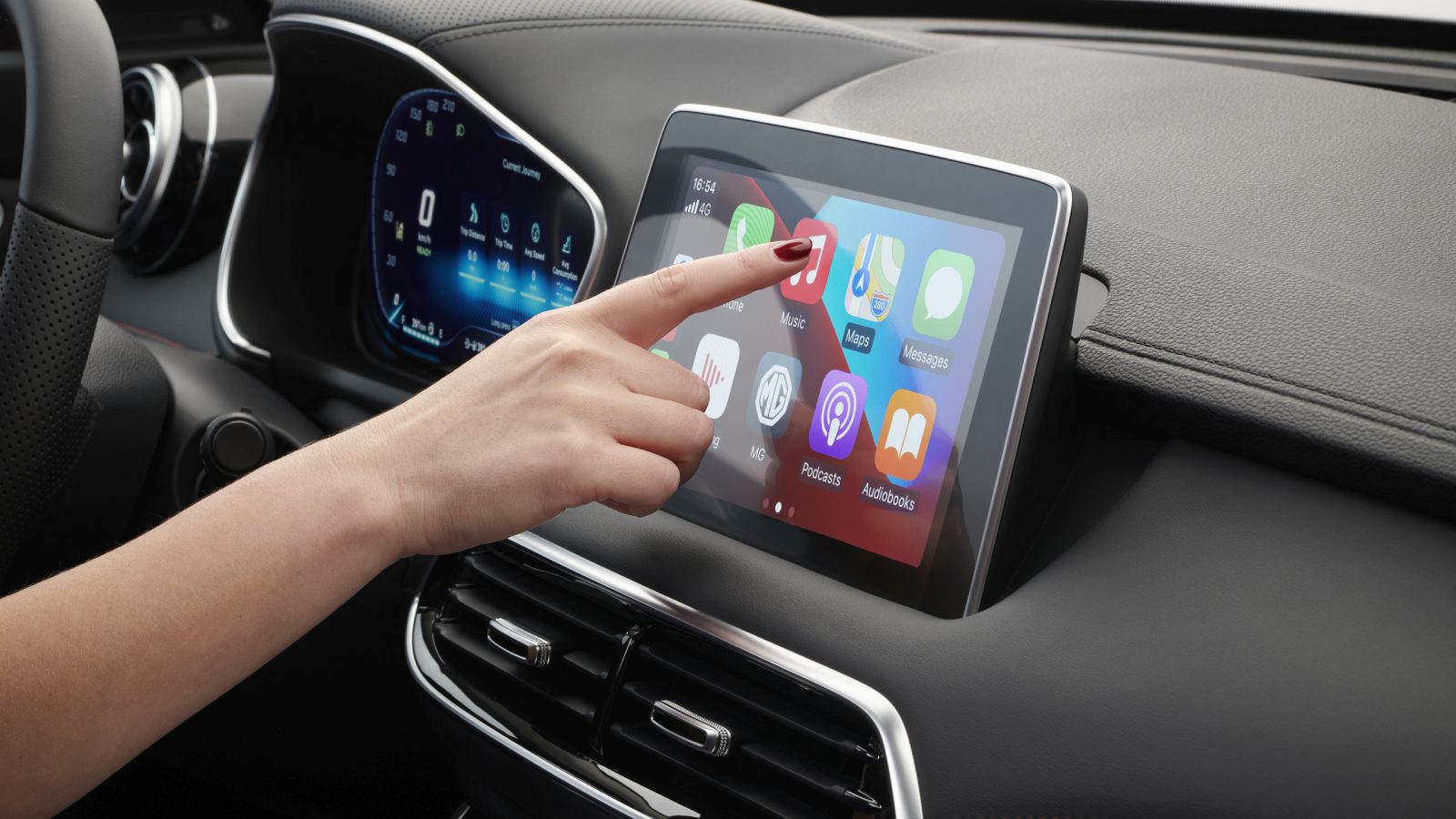
Introduction
In recent years, the automotive industry has integrated technology seamlessly into vehicles. Apple CarPlay and Android Auto lead this shift, providing drivers with safer, more enjoyable experiences. While Apple CarPlay has seen widespread adoption, Android Auto has gained immense popularity among Android users. This article explores CarPlay for Android, detailing its features, setup process, and troubleshooting tips.
What is CarPlay for Android?
CarPlay for Android, also known as Android Auto, is Google's software system that integrates Android smartphones with car infotainment systems. This integration enhances driving by offering navigation, music streaming, hands-free calling, and voice commands. Android Auto aims to provide a safe, convenient way for drivers to access essential information without distractions.
Key Features of CarPlay for Android
Navigation
Android Auto's robust navigation system allows users to access Google Maps directly from their car's screen. Real-time traffic updates and turn-by-turn directions ensure drivers always know the best route, making it invaluable for long trips or daily commutes.
Music Streaming
Music streaming is another essential feature. Users can connect their car's audio system to their smartphone via Bluetooth or USB, streaming music from services like Spotify and Google Play Music. The intuitive interface makes switching between playlists or radio stations simple.
Hands-Free Calling
Hands-free calling is crucial for safe driving. Android Auto lets users make and receive calls without physically touching their phone. The system integrates with the car's audio system, ensuring clear, uninterrupted calls.
Voice Commands
Voice commands, supported by Google Assistant, are a game-changer for driving. Users can send messages, set navigation routes, and control music playback using voice commands, enhancing safety by reducing physical phone interaction.
Real-Time Traffic Updates
Real-time traffic updates help navigate congested areas. Android Auto provides real-time traffic information, helping users avoid jams and find efficient routes.
Vehicle Diagnostics
Some advanced versions of Android Auto include vehicle diagnostics. These features allow users to monitor their vehicle's performance in real-time, receiving alerts for any issues.
Compatibility and Requirements
To ensure your device supports Android Auto, check these compatibility requirements:
- Operating System: Android 8.0 (Oreo) or later
- RAM: At least 2GB
- Storage: Minimum 500MB of free storage
- Processor: Quad-core or better
- Screen Resolution: Minimum 720p
- Internet Connection: Stable Wi-Fi or 4G
- Bluetooth: Bluetooth 4.0 or higher
- Permissions: Location, camera, and microphone access
How to Set Up Android Auto
Setting up Android Auto is straightforward:
- Power on your device.
- Select your preferred language.
- Connect to a Wi-Fi network.
- Read and accept the terms and conditions.
- Sign in to your Google account or create a new one.
- Choose your backup and restore options.
- Set up a screen lock.
- Customize Google services settings.
- Follow any additional prompts to complete the setup.
Tips for Effective Use
Maximize Android Auto's potential with these tips:
- Organize apps into folders for a tidy home screen.
- Use widgets to get information at a glance.
- Enable battery saver mode to extend device life.
- Customize notifications to prioritize important alerts.
- Use split-screen mode for efficient multitasking.
- Backup data regularly to avoid losing important files.
- Explore accessibility features for larger text or voice commands.
- Keep software updated for the latest features and security patches.
- Use a password manager to secure accounts.
- Utilize cloud storage to free up device space.
Troubleshooting Common Problems
Battery Draining Quickly
If your battery drains quickly, try these steps:
- Lower screen brightness
- Turn off unused apps
- Disable location services
- Switch to battery saver mode
Phone Running Slow
If your phone runs slow, consider:
- Clearing cache
- Uninstalling unused apps
- Updating software
- Restarting the device
Apps Crashing
If apps crash frequently, try:
- Clearing cache and data
- Uninstalling and reinstalling the app
- Updating software
- Restarting the device
Using an Android Tablet in Cars
Using an Android tablet in cars can transform your driving experience by providing enhanced navigation, endless entertainment options, and seamless connectivity. Here’s how to integrate an Android tablet into your car:
Choosing the Right Tablet
When selecting an Android tablet for car use, consider:
- Screen Size: Larger screens offer better visibility but may be harder to mount.
- Battery Life: Opt for a tablet with good battery life for extended use.
- Durability: Choose a durable device to avoid damage.
- GPS Capabilities: Ensure the tablet has GPS capabilities for navigation.
Mounting Options
Securely mounting your tablet is crucial:
- Dashboard Mounts: Keep the tablet within easy reach and sight.
- Headrest Mounts: Perfect for entertaining backseat passengers.
- Custom Installations: Blend the tablet seamlessly into your car’s interior.
Power Solutions
Keep your tablet powered during trips:
- Car Chargers: Plug into the cigarette lighter for a simple solution.
- Power Banks: Provide extra power for longer journeys.
- Hardwiring: Consider hardwiring the tablet to your car’s electrical system for a cleaner setup.
Safety and Legal Considerations
Using a tablet in the car should never compromise safety:
- Secure Mounting: Always mount the tablet securely to avoid distractions.
- Voice Commands: Use voice commands and hands-free controls to interact with the tablet without taking your eyes off the road.
- Local Regulations: Familiarize yourself with local laws regarding electronic device use in cars to avoid fines or legal issues.
By understanding how to set up and use CarPlay for Android, you can make driving more enjoyable and safer. Whether navigating unfamiliar territories or enjoying tunes on a long trip, Android Auto provides everything needed at your fingertips. Next time you get behind the wheel, consider giving Android Auto a try to experience the future of driving technology today.
